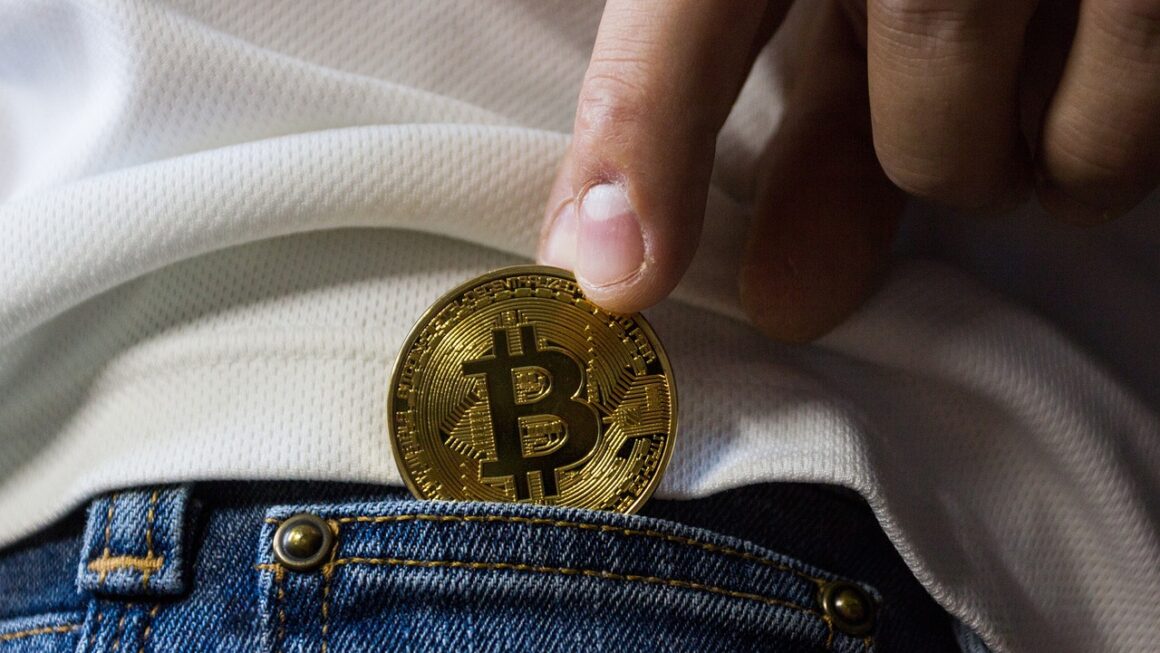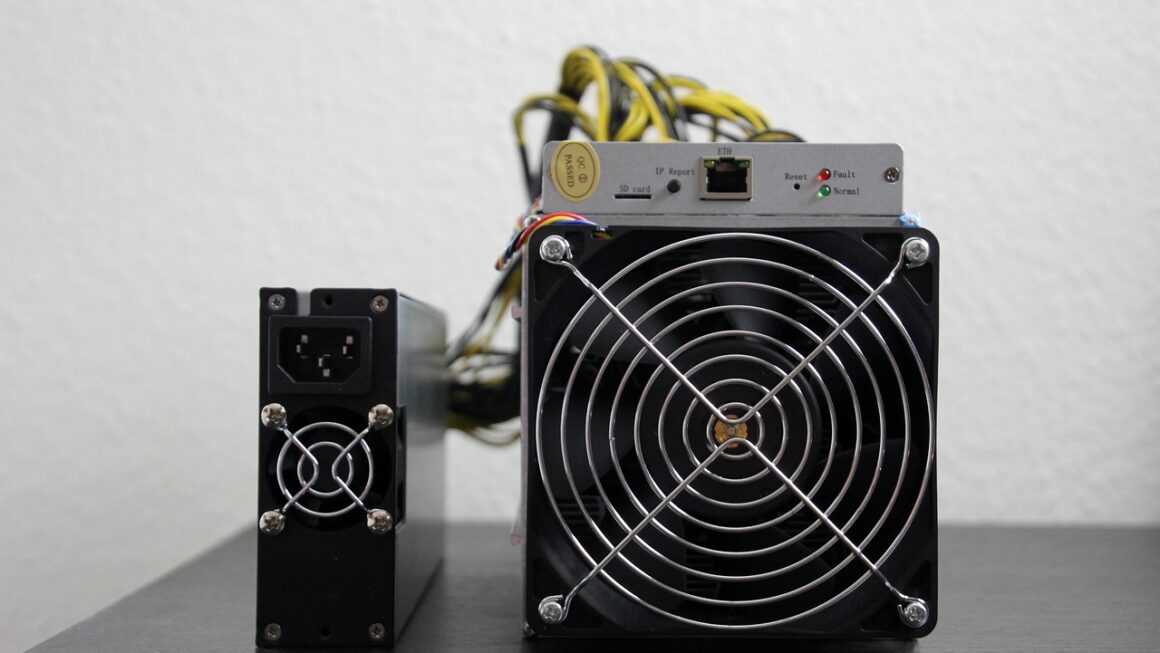Initial DEX Offerings (IDOs) have revolutionized the way blockchain projects raise capital and distribute tokens. Moving away from traditional venture capital routes, IDOs offer a more accessible and democratized approach to early-stage investment, directly connecting projects with their community. This guide delves into the intricacies of IDOs, explaining their mechanics, benefits, risks, and how to participate effectively.
What is an Initial DEX Offering (IDO)?
Defining an IDO
An Initial DEX Offering (IDO) is a method of fundraising for new cryptocurrency projects where tokens are offered to the public directly on a decentralized exchange (DEX). Unlike Initial Coin Offerings (ICOs) or Initial Exchange Offerings (IEOs), IDOs bypass centralized intermediaries, offering greater transparency and accessibility.
How IDOs Work: A Step-by-Step Overview
Typically, an IDO follows these key steps:
- Project Selection: A blockchain project decides to launch an IDO to raise funds for development, marketing, or other operational needs.
- DEX Partnership: The project partners with a reputable DEX, such as PancakeSwap, Uniswap, or Polkastarter, to host the IDO.
- Token Allocation: The project allocates a certain amount of tokens to be sold during the IDO event.
- IDO Parameters: The project and the DEX determine crucial parameters like the token price, total tokens offered, hard cap (maximum amount to be raised), and the duration of the IDO.
- Whitelist and KYC (Optional): Some IDOs require participants to register on a whitelist and complete KYC (Know Your Customer) verification. This can help comply with regulations or manage demand.
- Participation: Users who meet the IDO requirements can purchase tokens using a specific cryptocurrency (e.g., ETH, BNB, or the DEX’s native token).
- Token Distribution: After the IDO concludes, the purchased tokens are distributed to the participants’ wallets.
- Listing on DEX: Immediately or shortly after the IDO, the project’s token is listed on the DEX, allowing for trading.
Example of a Successful IDO
One example is the IDO of the project “Project X” on Polkastarter. They offered 1,000,000 tokens at a price of $0.10 each. Participants needed to hold a certain amount of POLS tokens and pass KYC to be eligible. The IDO reached its hard cap of $100,000 within minutes, and the token price surged significantly upon listing on the DEX.
Benefits of IDOs
For Projects
IDOs provide significant advantages for blockchain projects seeking to raise capital:
- Decentralized Fundraising: Bypasses centralized exchanges and VCs, leading to increased transparency and control.
- Liquidity: Immediate listing on the DEX provides instant liquidity for the token, enabling trading and price discovery.
- Community Engagement: IDOs foster a strong sense of community ownership as token holders become early adopters and supporters.
- Marketing: Creates significant buzz and awareness around the project through marketing activities surrounding the IDO.
- Faster Fundraising: Compared to traditional methods, IDOs can complete fundraising much faster, allowing the project to focus on development.
For Investors
Investors also benefit from participating in IDOs:
- Early Access: IDOs provide an opportunity to invest in promising projects at an early stage, potentially leading to substantial returns.
- Fair Token Distribution: IDOs aim for a fairer distribution of tokens compared to private sales to venture capitalists.
- Transparency: The decentralized nature of IDOs ensures greater transparency in the fundraising process.
- Direct Participation: Investors can directly participate without relying on intermediaries.
Risks and Challenges of IDOs
Market Volatility
The cryptocurrency market is known for its volatility, which can significantly impact the value of IDO tokens. Investing in any crypto carries risk, and IDOs are no exception.
Project Legitimacy and Scams
Not all projects launching IDOs are legitimate. Some may be scams designed to defraud investors. Thorough due diligence is crucial to avoid being a victim.
Whale Manipulation
Large token holders (whales) can manipulate the market and dump their tokens after the IDO, causing a price crash. This is especially problematic if initial allocations gave advantage to certain parties.
Technical Issues
DEX platforms may experience technical glitches or security vulnerabilities, potentially affecting the IDO process and token distribution.
Regulatory Uncertainty
The regulatory landscape for cryptocurrencies and IDOs is still evolving, which could lead to legal challenges or restrictions.
How to Participate in an IDO: A Practical Guide
Research and Due Diligence
Before participating in any IDO, conduct thorough research on the project. Look into the following:
- Team: Research the team’s background, experience, and reputation.
- Whitepaper: Understand the project’s goals, technology, and tokenomics.
- Community: Assess the project’s community engagement and sentiment on social media.
- Partnerships: Look for strategic partnerships and collaborations.
- Audit: Check if the project’s smart contracts have been audited by reputable firms.
Choosing the Right DEX
Select a reputable DEX known for hosting successful IDOs. Popular options include:
- PancakeSwap: A leading DEX on Binance Smart Chain (BSC).
- Uniswap: A popular DEX on Ethereum.
- Polkastarter: A DEX specifically designed for IDOs, offering a curated selection of projects.
- DAO Maker: A launchpad focusing on community and governance.
Meeting Requirements
Each IDO has specific requirements for participation. This might include:
- Whitelisting: Register on the project’s or DEX’s whitelist within the specified timeframe.
- KYC Verification: Complete KYC (Know Your Customer) verification, which involves providing personal information and documents.
- Holding Tokens: Some IDOs require participants to hold a certain amount of the DEX’s native token (e.g., POLS on Polkastarter).
- Staking Tokens: Some DEXs require you to stake their tokens for a set period of time to be eligible for IDOs.
Understanding the Allocation Mechanism
IDOs use different allocation mechanisms to distribute tokens:
- First-Come, First-Served (FCFS): Tokens are allocated to participants on a first-come, first-served basis. These are often very competitive.
- Lottery: Participants enter a lottery, and winners are randomly selected to purchase tokens.
- Guaranteed Allocation: Holding a certain amount of the DEX’s native token guarantees a certain allocation of tokens.
Managing Risk
Always manage your risk when participating in IDOs:
- Diversification: Don’t put all your eggs in one basket. Diversify your investments across multiple IDOs.
- Set Stop-Loss Orders: Use stop-loss orders to limit potential losses.
- Invest What You Can Afford to Lose: Only invest what you can afford to lose, as IDOs are inherently risky.
Conclusion
Initial DEX Offerings (IDOs) present a compelling opportunity for both projects and investors in the blockchain space. While offering advantages like decentralized fundraising and early access, IDOs also come with inherent risks, including market volatility and the potential for scams. By conducting thorough due diligence, understanding the mechanics of IDOs, and managing risk effectively, participants can navigate this evolving landscape and potentially benefit from this innovative fundraising model. The key is to stay informed, research thoroughly, and approach IDOs with a balanced perspective, recognizing both the potential rewards and the associated risks.




